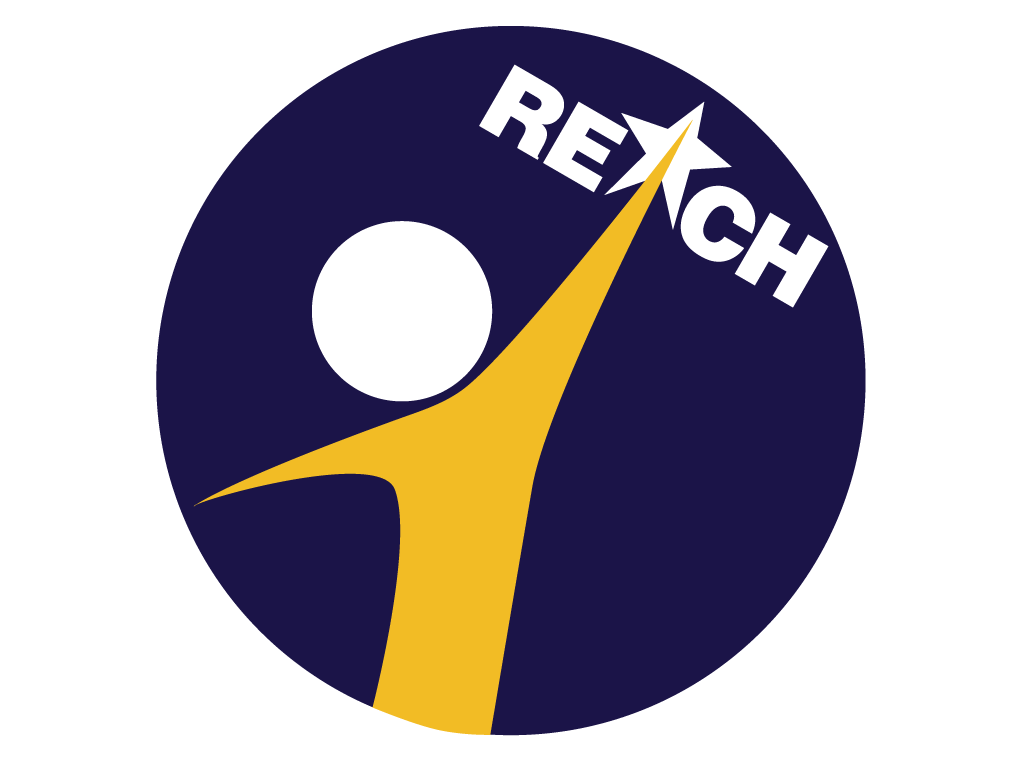03 Aug ReACH Lab Graduate Student Becomes Newest Member of APA Science Student Council and Wins APA Student Poster Award
Many congratulations are in order for ReACH Lab graduate student Julie Cristello after being recently been appointed as the newest member of the APA Science Student Council (SSC), where she will serve as the Clinical Science Representative. The SSC advocates for research-oriented graduate students, and aims to represent psychology as a core Science, Technology, Engineering and Mathematics (STEM) discipline. A few of the many tasks appointed to the council includes advising the Board of Scientific Affairs and the APA Science Directorate on research-oriented student issues and developing science-oriented APA convention programming.
Additionally, Ms. Cristello has won a NIAAA/NIDA travel award and will present at the NIAAA/NIDA Early Career Investigator Poster Session as part of APA. Her poster “The impact of Instagram content on perceived harm due to alcohol and marijuana use among adolescents” has also won the first place student poster award for as part of Division 50 programming. Please read her abstract below for more information on this award-winning poster.
“Perceived harm, or the perception of negative consequences linked with substance use, is an important correlate of adolescent use. Monitoring the Future has found that perceived harm often influences adolescent substance use. As alcohol and marijuana are the most widely used substances among youth, identifying factors associated with perceived harm can inform prevention programming. Social media provides opportunities to interact with both peers and influential figures (e.g., celebrities) that may display glamorized alcohol and marijuana use. As such, we examined whether frequency of exposure to alcohol and marijuana content on Instagram by both peers and influential figures was associated with perceived harm. Participants (N = 120,Mage = 15.02, 60.8% Female, 85.0% White, 82.5% Latinx/Hispanic) were adolescents who completed Waves 1 and 2 of a longitudinal study examining factors impacting e-cigarette initiation. Multiple regression models were estimated, and covariates included sex, age, race, ethnicity, lifetime substance use, and number of times checking Instagram. Exposure to alcohol posts by both peers and influential figures did not predict perceived harm of binge drinking. However, exposure to marijuana posts by influential figures, not peers, negatively predicted perceived harm of marijuana use. Specifically, as exposure to marijuana content by influential figures increased, adolescent perceived harm of marijuana use decreased. While peers strongly impact teen risk behavior, findings suggest that exposure to content posted by influential figures may have a greater impact on adolescents perception of harm, especially with regard to marijuana use. This may be due to the glamorization of marijuana use and absence of negative consequences. Interventions that target Instagram, or other social media content, may have utility for addressing perceived harm of marijuana use among adolescents.”
Congratulations on all these accomplishments Julie, the ReACH Lab is very proud of you!











